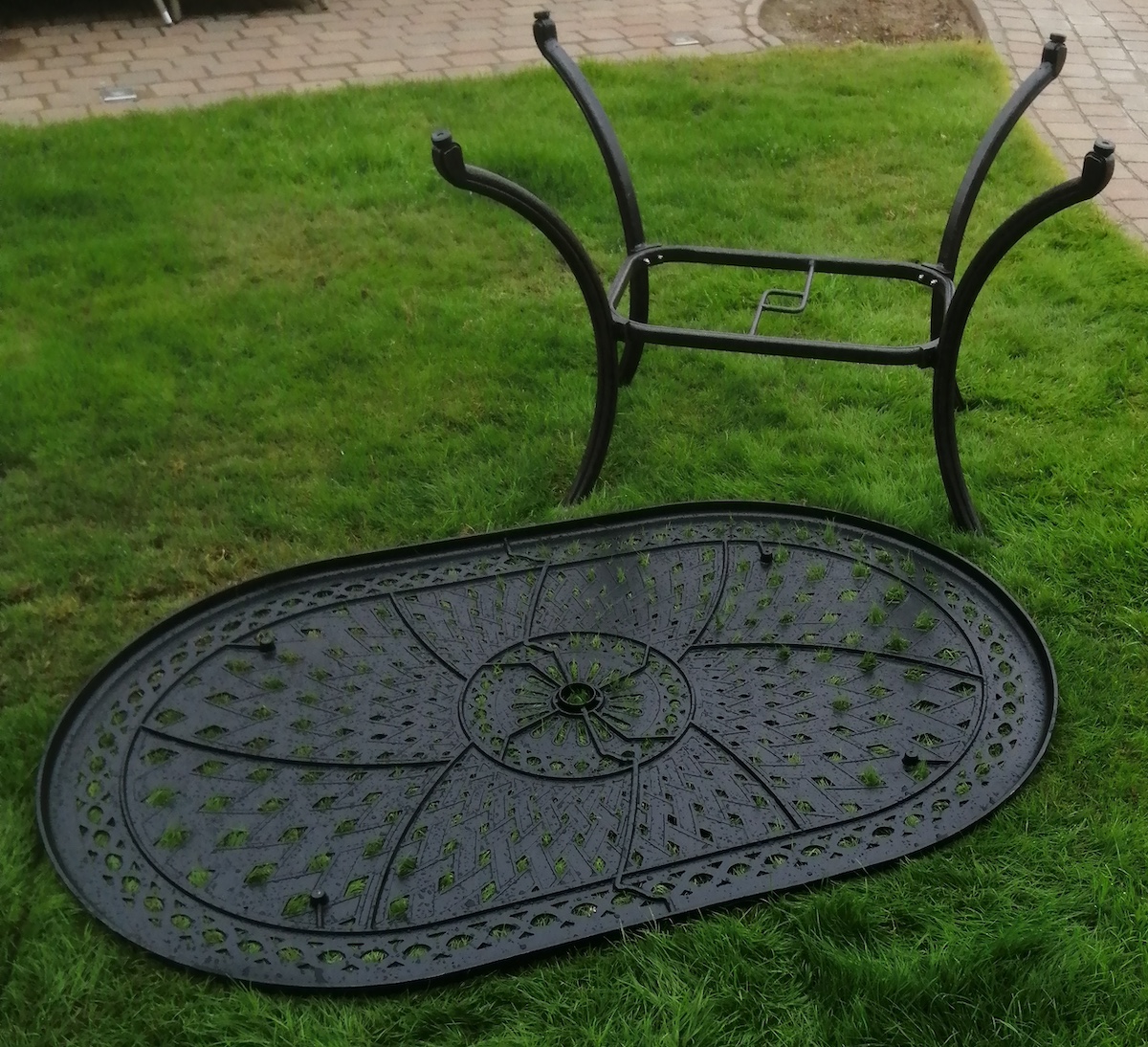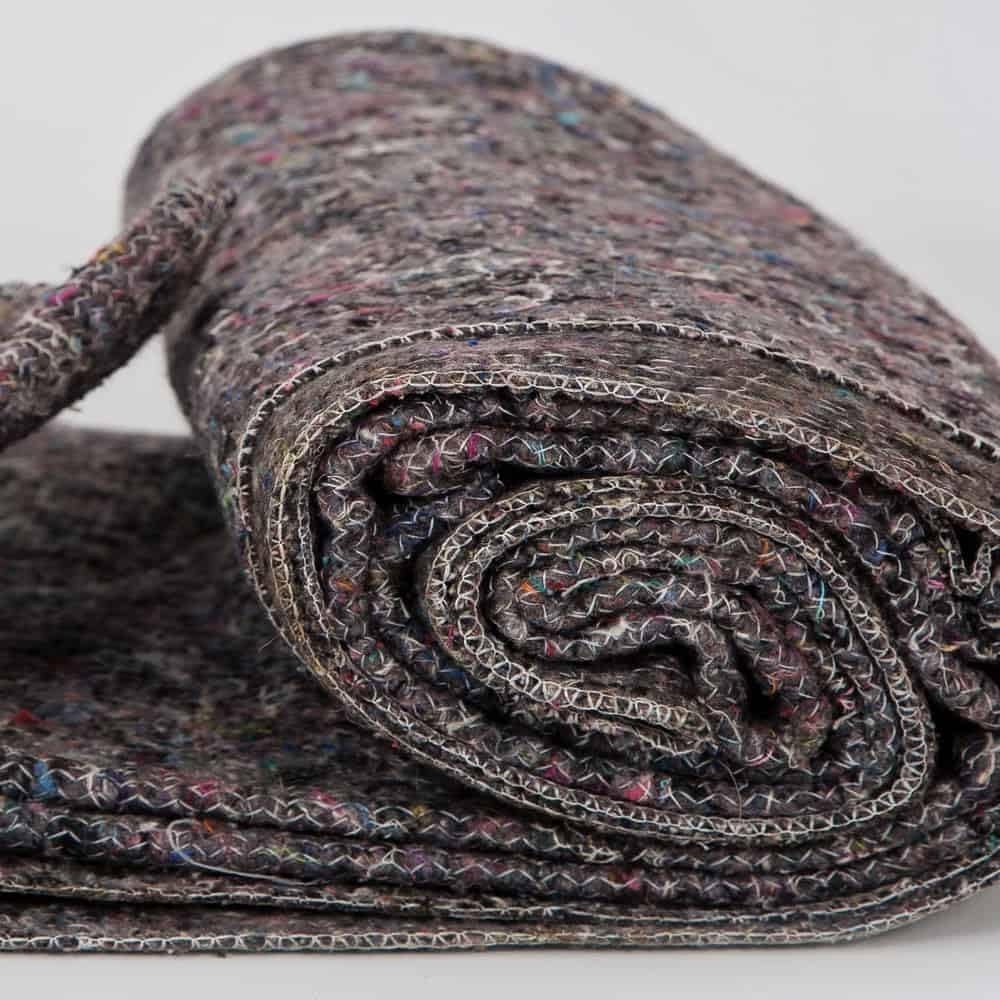It is most definitely that time of year. The clocks have gone back, the temperature has dropped to single digits and we are seeing lots of rain and high winds with names like Ciarán and Babet. Some of us even had to de-ice the car a few weeks back!
The chances of us sitting out in the garden between now and spring are slim to none, so it pays to be proactive with our garden furniture, ensuring it's clean and ready to use when things do warm up.
If you have the space then storing your metal garden furniture in a shed or garage will not only help to protect it from the elements but it will keep it clean and ready to sit on when the time comes.
If you don’t have the option of storing it, then our advice is to move it to a safe, sheltered part of the garden and cover it.
Whilst our furniture is designed to sit on the patio all year round, and many of us prefer to do just that, it still pays to be cautious.
If the wind speeds start to creep up towards amber warnings it could easily blow a chair over and damage it, for example, especially if your garden is quite open.
That said, even when storing it in a garage or shed for winter, it still pays to do so safely, and we have 12 simple steps to help you do just that:
1. Clean your furniture before you put it away
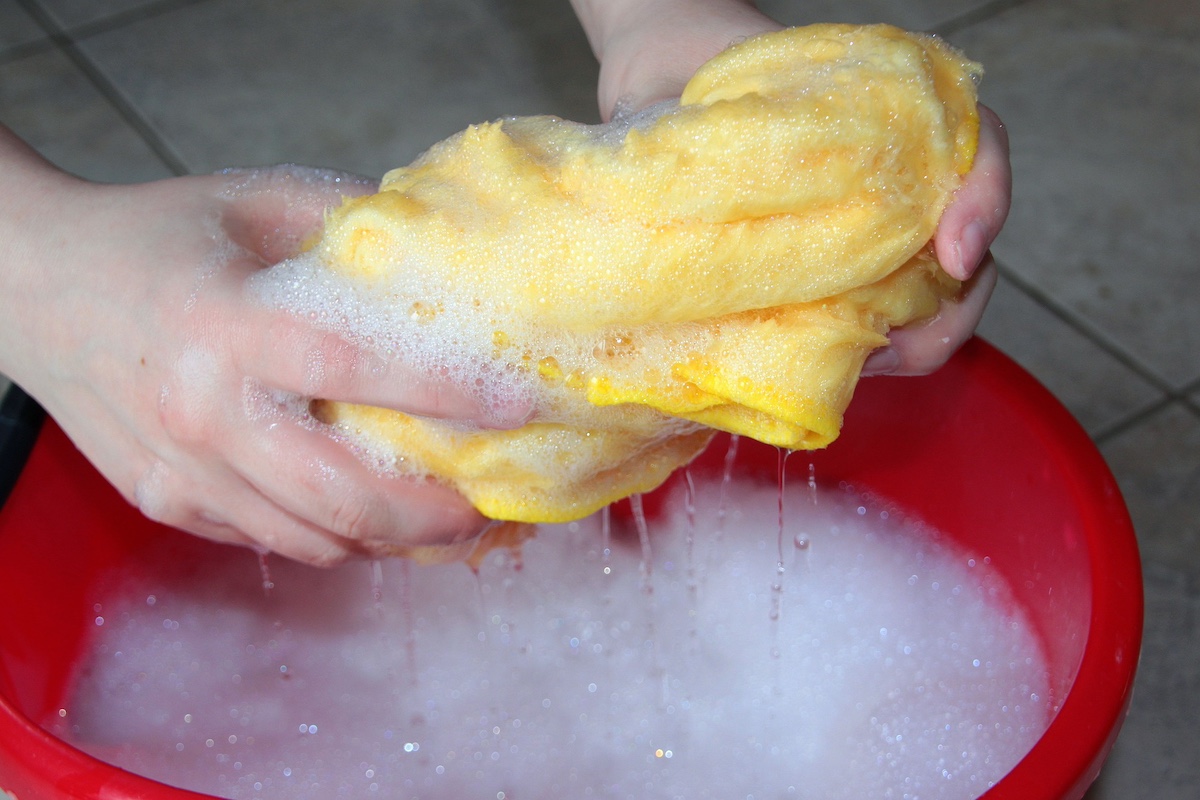
This is just a good habit to get into. If the furniture is just a little dusty, then it won’t do it any harm putting it away like that. However, giving it a quick wipe-down will just make sure it is ready for the first sunny day.
If on the other hand, it is quite mucky, say with bird droppings or tree sap on the tabletop, then our advice is definitely to tackle it now as it will be much harder to clean off in 5 or 6 months' time.
Removing dirt, dust, and any food or drink residue now will also prevent the attraction of pests and mould from potentially forming whilst in storage.
Prevention is always better than the cure, so before you store it, just give it a wash with warm soapy water, rinse it and thoroughly dry each piece with a towel before you pop it in the garage or shed.
We also like to apply a light coat of car wax when clean and dry to give it a nice lustre. Our How to apply car wax to metal garden furniture article discusses the reasons why and how to apply it in more detail.
2. Disassemble your garden table to save space
Our furniture is supplied Ready-To-Assemble (RTA), so with a little care that process can easily be reversed. Many of our chairs are stackable, so it is best to leave them up and simply stack them together.
Our larger 6-seater plus tables require quite a bit of space, so removing the top from the legs will reduce this significantly and prevent potential damage during storage.
We must stress that if you do this, you must do so very carefully, and ensure all parts are safe and secure. Give each bolt a little squirt with WD-40 and leave it to work for a few minutes before you loosen.
Our recent How do you assemble our garden tables and chairs? post has some great tips that will help you both disassemble for winter and reassemble in spring.
3. Cover your furniture to protect it
To help protect the furniture when it is in the shed or garage, we would always advise you to use protective covers or blankets to shield your furniture from dust, moisture, and scratches.
Opt for covers specifically designed for outdoor furniture or use sheets or blankets to cover each piece of furniture. Ensure that the covers are secure and won't fall off too.
One of the best and cheapest solutions we have found for this job is Removal Blankets. You can pick up packs from the likes of Amazon (pictured above) and they are nice and soft so offer plenty of protection.
4. Store cushions and parasols correctly
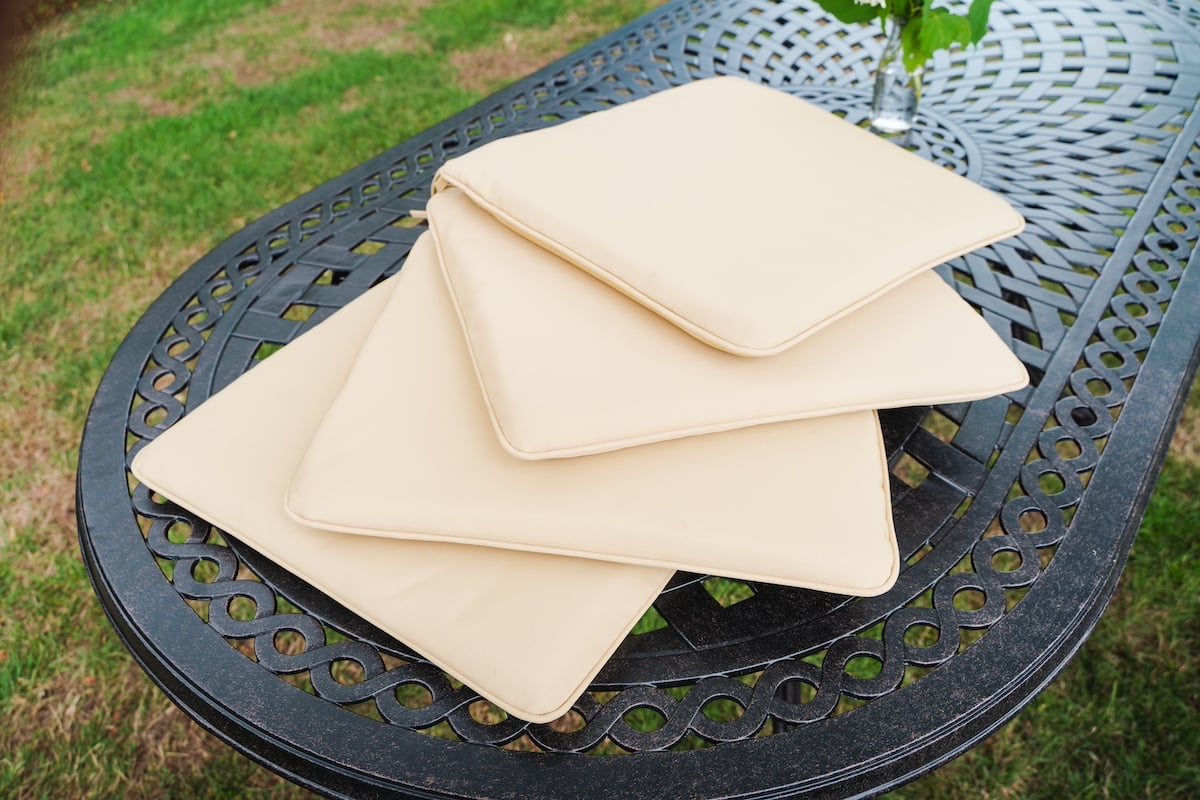
If your garden furniture has cushions, then it is vital you store them separately in a cool, dry place to prevent moisture buildup and the development of mould or mildew.
Our advice is to keep them in breathable Storage Bags or bags to keep them clean and dry. They are available in a host of different shapes and sizes so pick one that will hold what you need it to.
Our parasols are made from the same fabric, so should also be stored when not in use. Again, you can easily pick up affordable Parasol Covers and Storage Bags to keep them clean and protected.
As with our furniture, we would also recommend you clean them before your store but never put them away damp. Make sure they are fully dry to prevent mould or mildew from forming
Our Can garden furniture cushions be left outside? article has some great tips on how to clean and store, while our How to clean your parasol and awning article looks in detail at how to keep the fabric and hardware looking like new.
5. Lubricate all moving parts and components
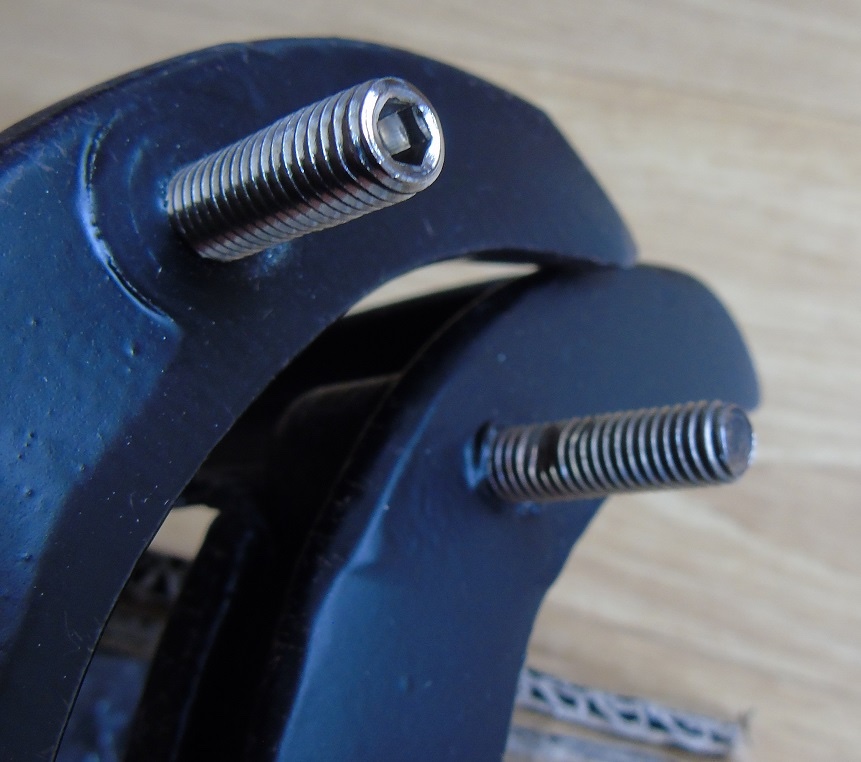
Before you put your furniture in storage or after general cleaning, remove all the bolt caps and give the screws a light coating of WD-40 to protect them and prevent rust and corrosion.
You don’t need much, just a little, and then wipe off any excess before replacing the cap. If you are disassembling for storage, then this will help not only protect but make reassembly much easier come spring.
6. Inspect for any damage
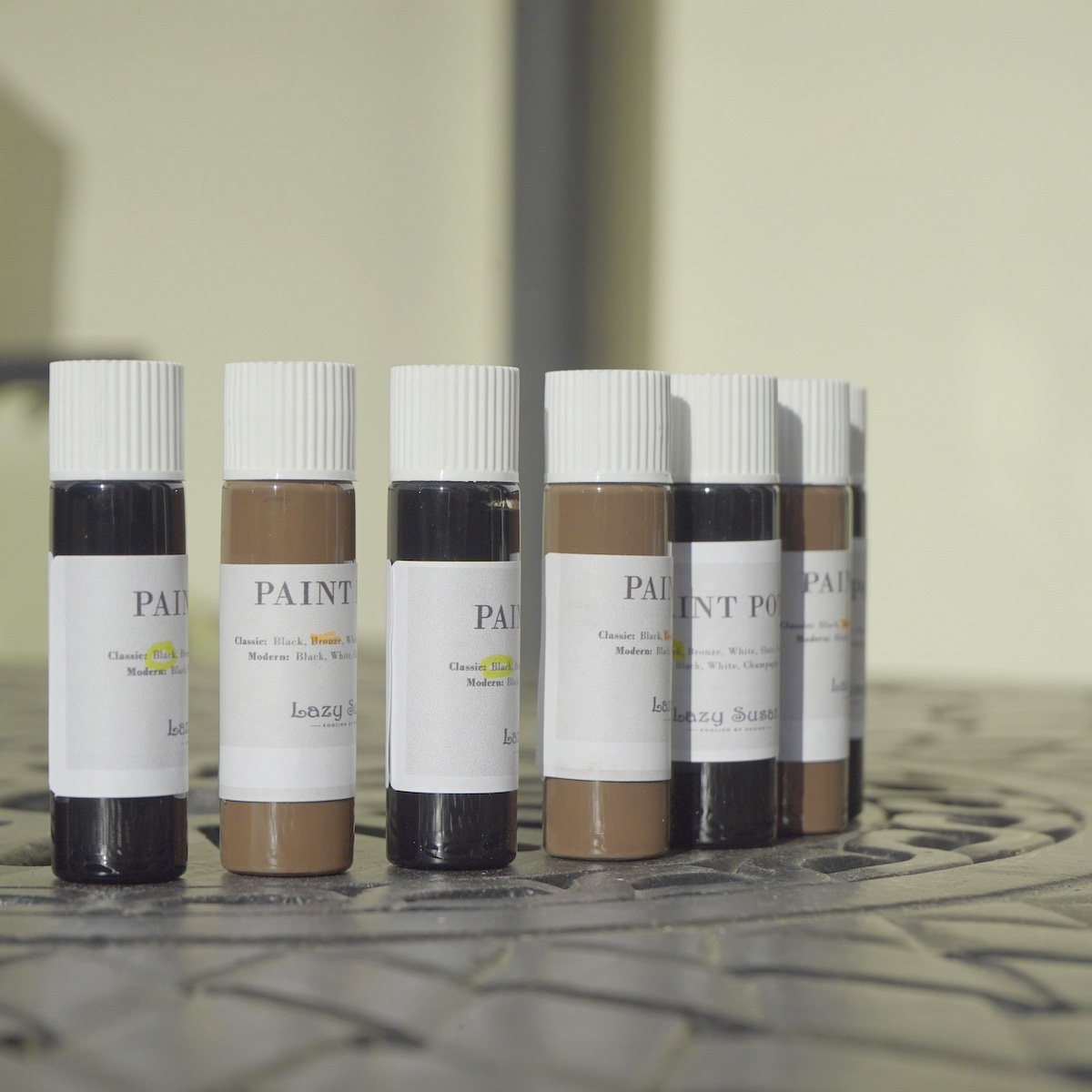
Before storing, inspect your furniture for any chips or scratches that may need repair. Pay close attention to tabletops, edges, armrests and feet.
Address these issues before storing them with our Touch-Up Kits to prevent them from becoming a bigger problem. The video below shows you how to apply:
7. Store the furniture carefully
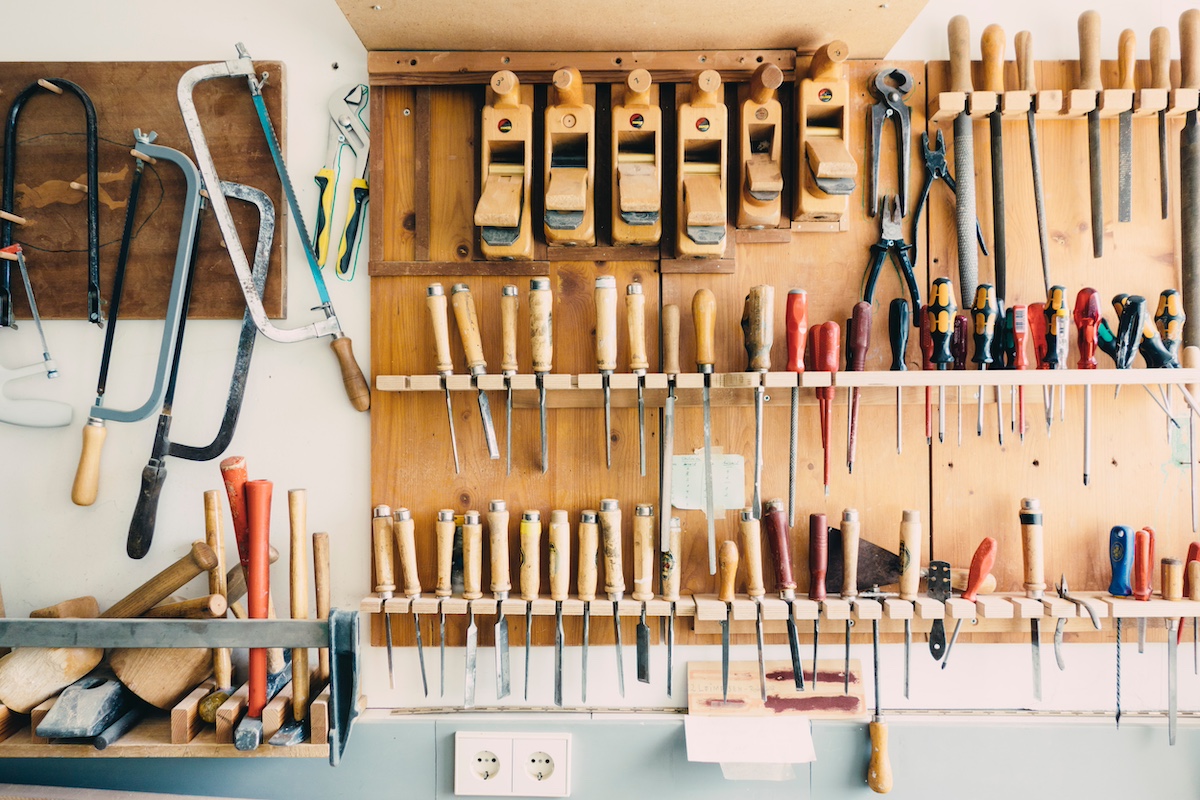
Arrange your furniture in the storage space carefully to optimise space and prevent overcrowding, which can lead to damage. Place larger or heavier items at the back and lighter on top or at the front.
Try and keep them away from high-traffic areas and always cover them to keep them clean and protected. Organise to maximise space and accessibility. Leave pathways so you can access items easily without having to move everything around.
Avoid overfilling your shed or garage too, as this can lead to damage during retrieval and make it more difficult to maintain a clean and organised storage space.
8. Make sure your shed or garage is well-ventilated
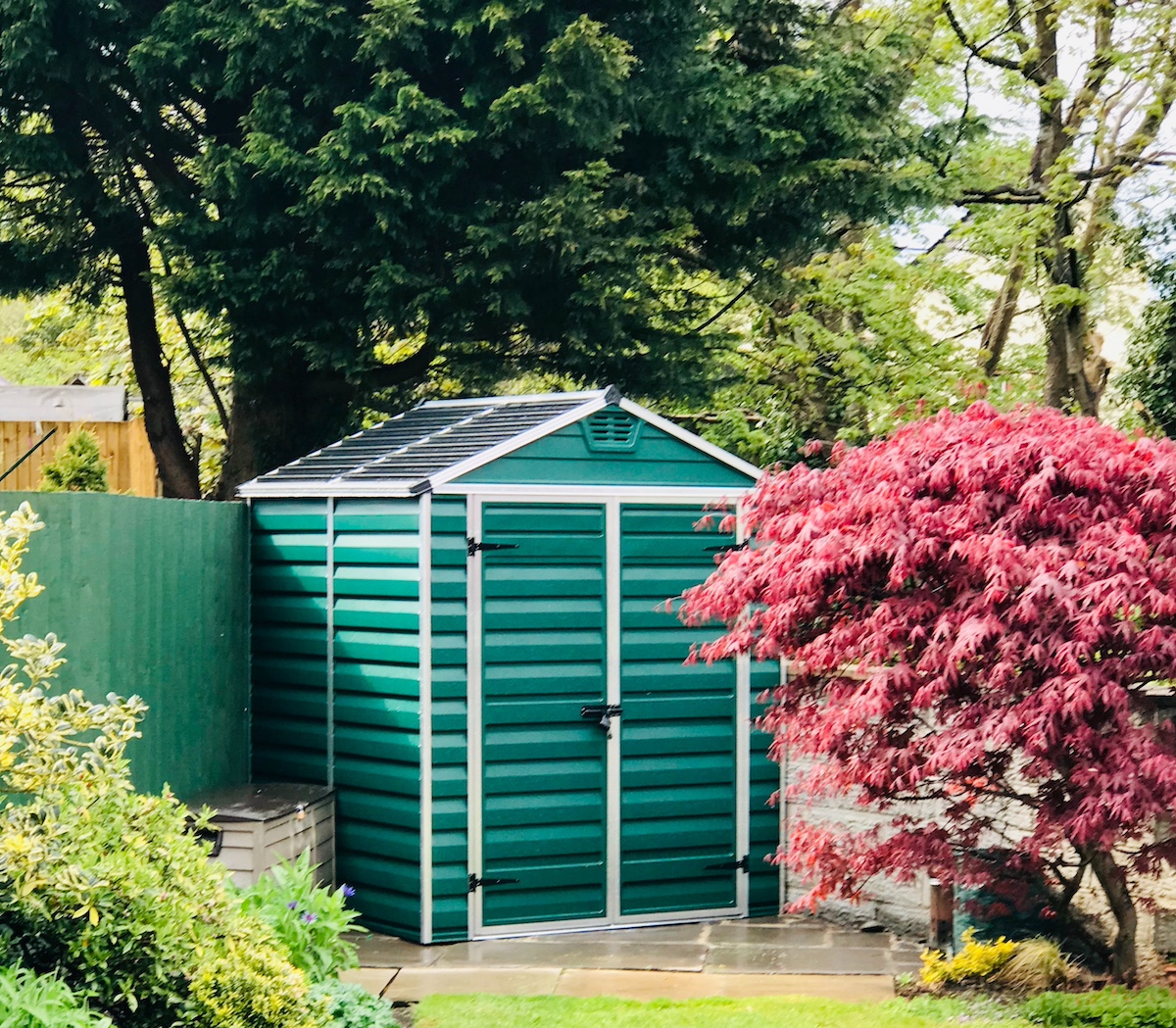
Ensure there is sufficient ventilation in the storage space to prevent condensation and mould growth. If your garage or shed is prone to dampness, then you should use a dehumidifier to reduce and maintain the humidity levels.
9. Check your shed or garage for pests

Protect your furniture from pests and rodents by sealing any gaps or cracks in your shed or garage and using pest repellents or traps if need be.
They won’t damage our metal garden furniture but they could cover it in cobwebs or droppings, for example.
If you are having a problem with pests on your garden furniture, then our How to keep pests away from your garden furniture article has some great tips to help keep them away.
10. Make sure your shed or garage is secure
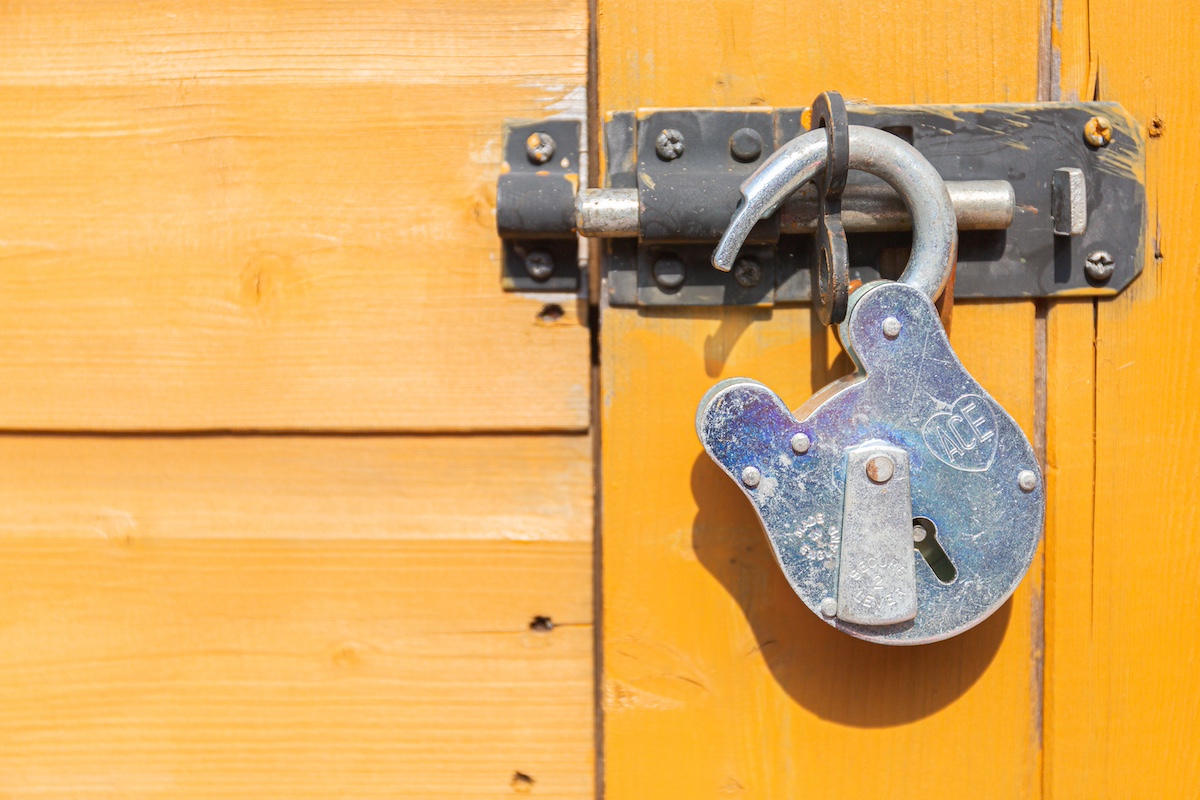
Ensure the shed or garage is secure to prevent theft. Use locks and security measures such as cameras or an alarm system if need be.
Sheds especially are often an easy target for thieves and our Keep your patio furniture secure post has some great tips.
11. Make sure your shed or garage stays dry
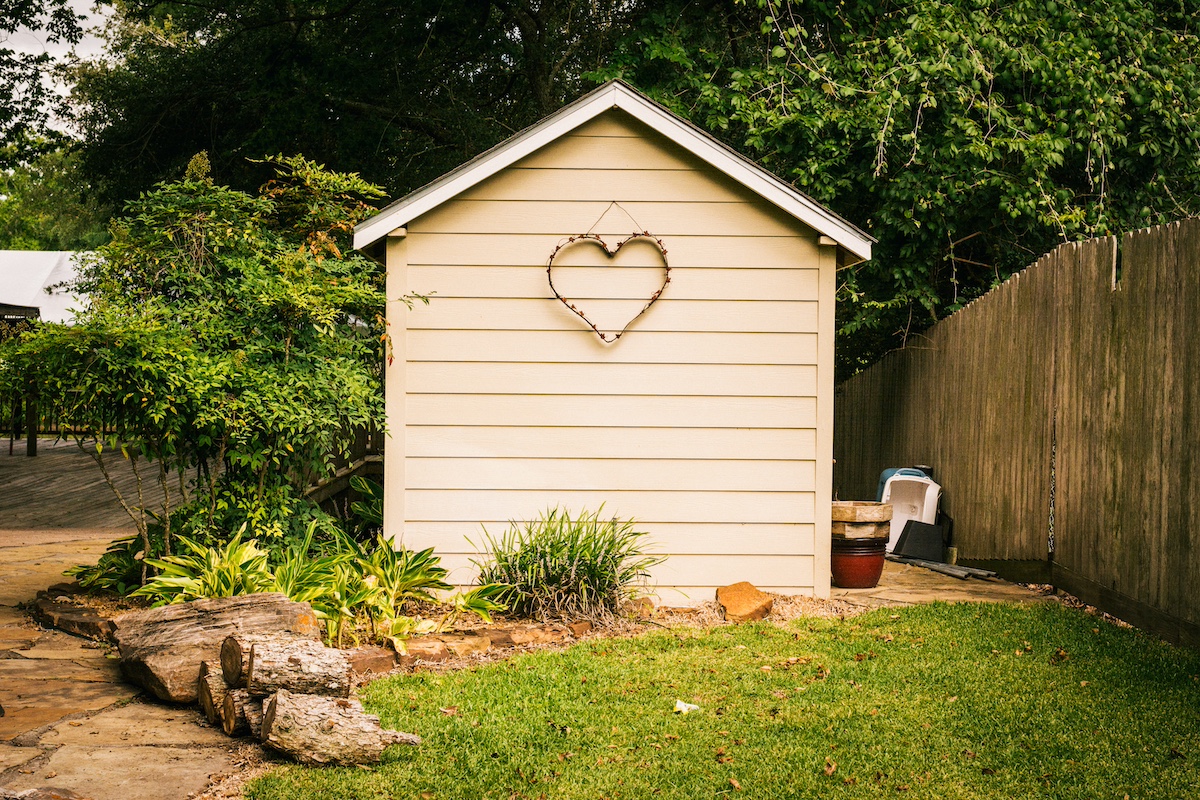
Check on your stored metal garden furniture periodically, especially when there has been heavy rain, to ensure it remains dry and is safe and secure.
12. Label and organise all parts and components
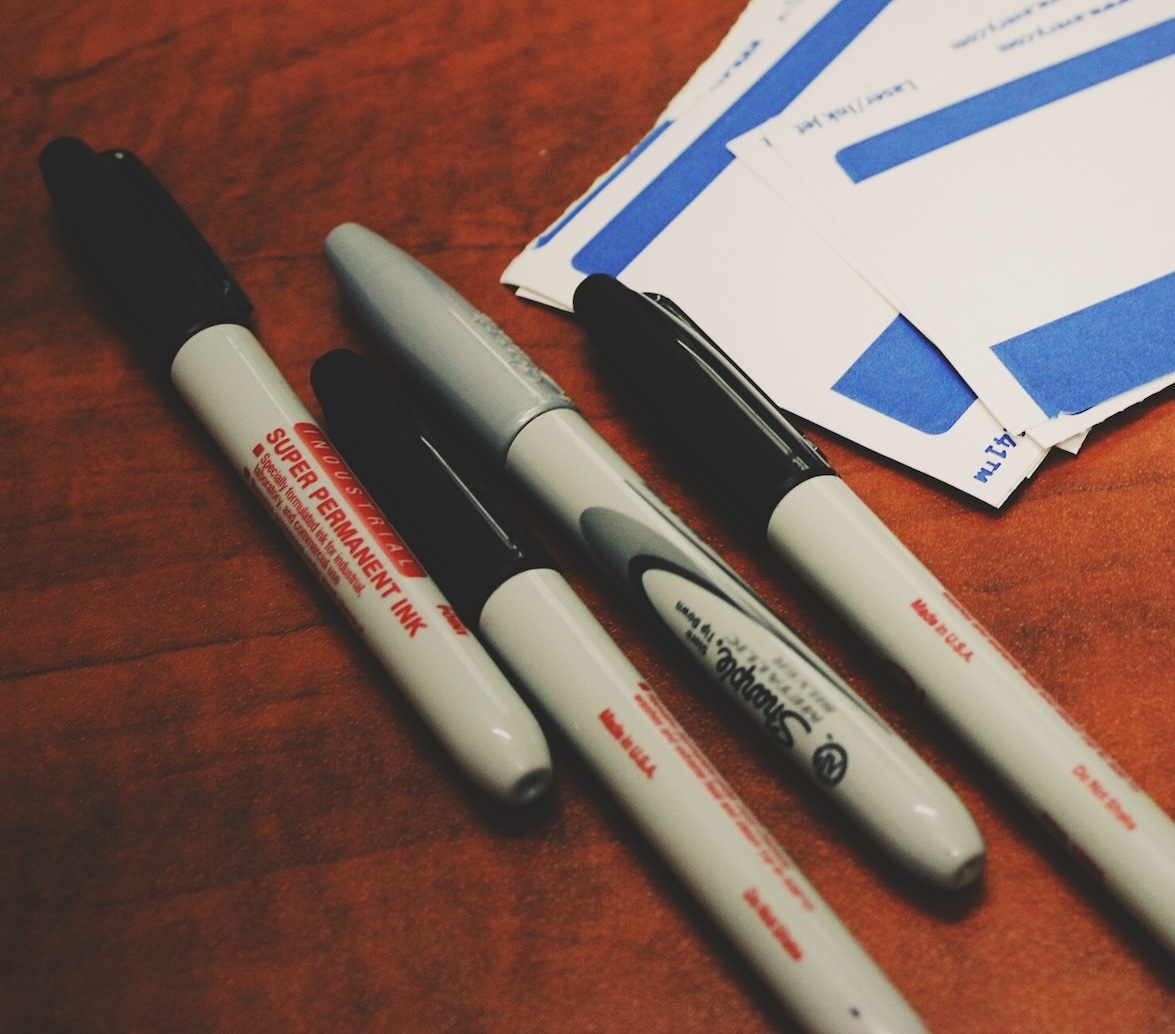
If you do disassemble, then label and securely bag any parts or components. Organising them now will make for quick and easy reassembly when it's time to use your furniture again.
By following these steps, you can safely store your garden furniture in a shed or garage, and ensure it is ready to use when the summer season returns.
If you have any photos of your metal garden furniture in good or bad weather, then we’d love to see a few for our Do Some Good charity campaign. You can tag us @LazySusanFurniture on Instagram or Facebook or Upload Here.




